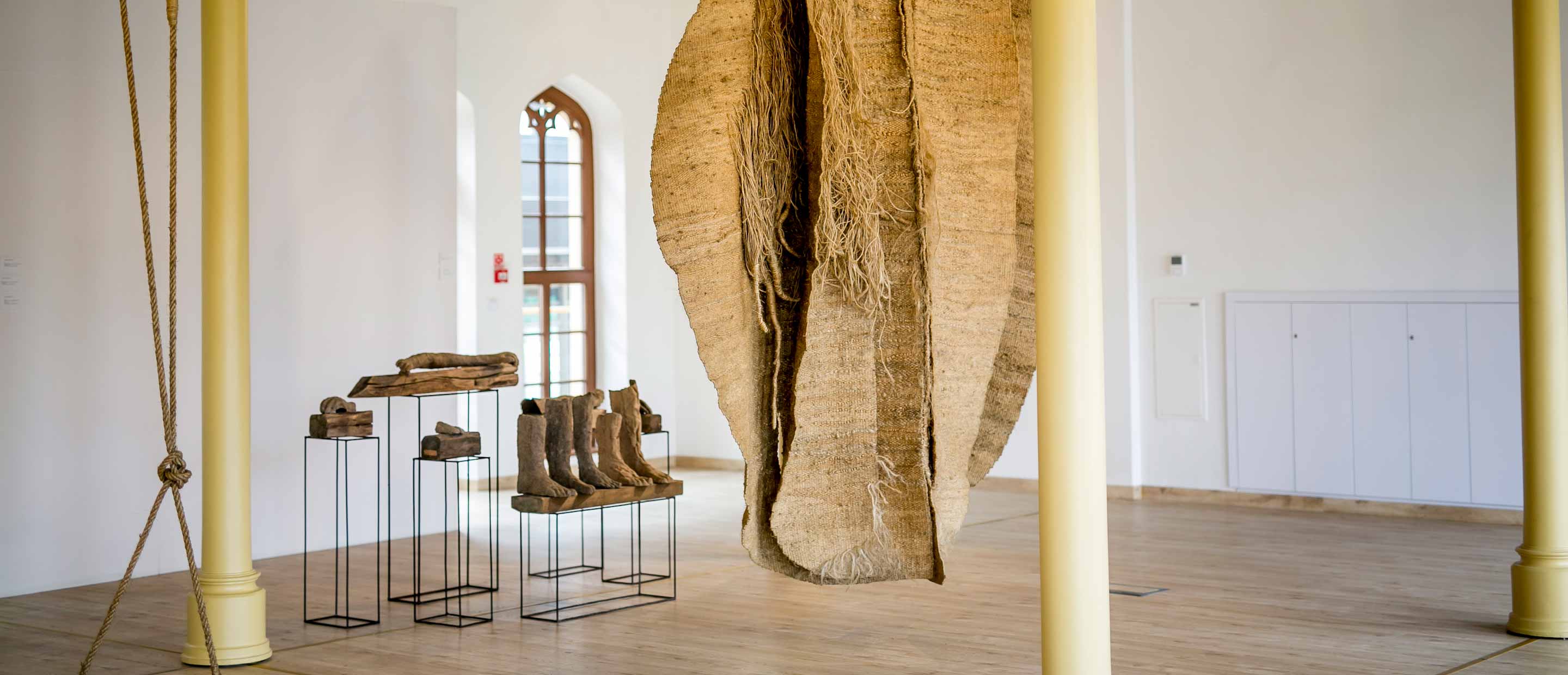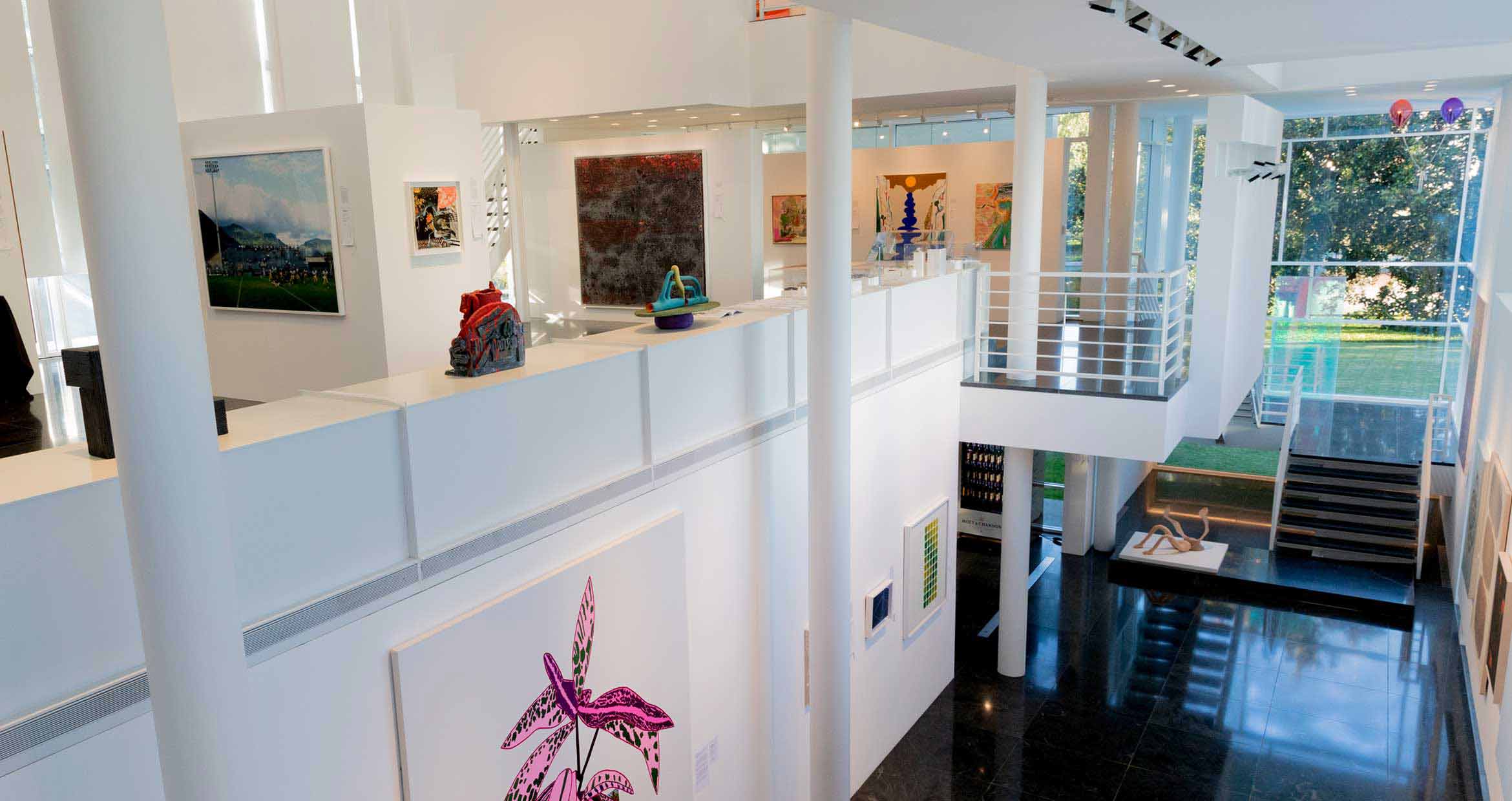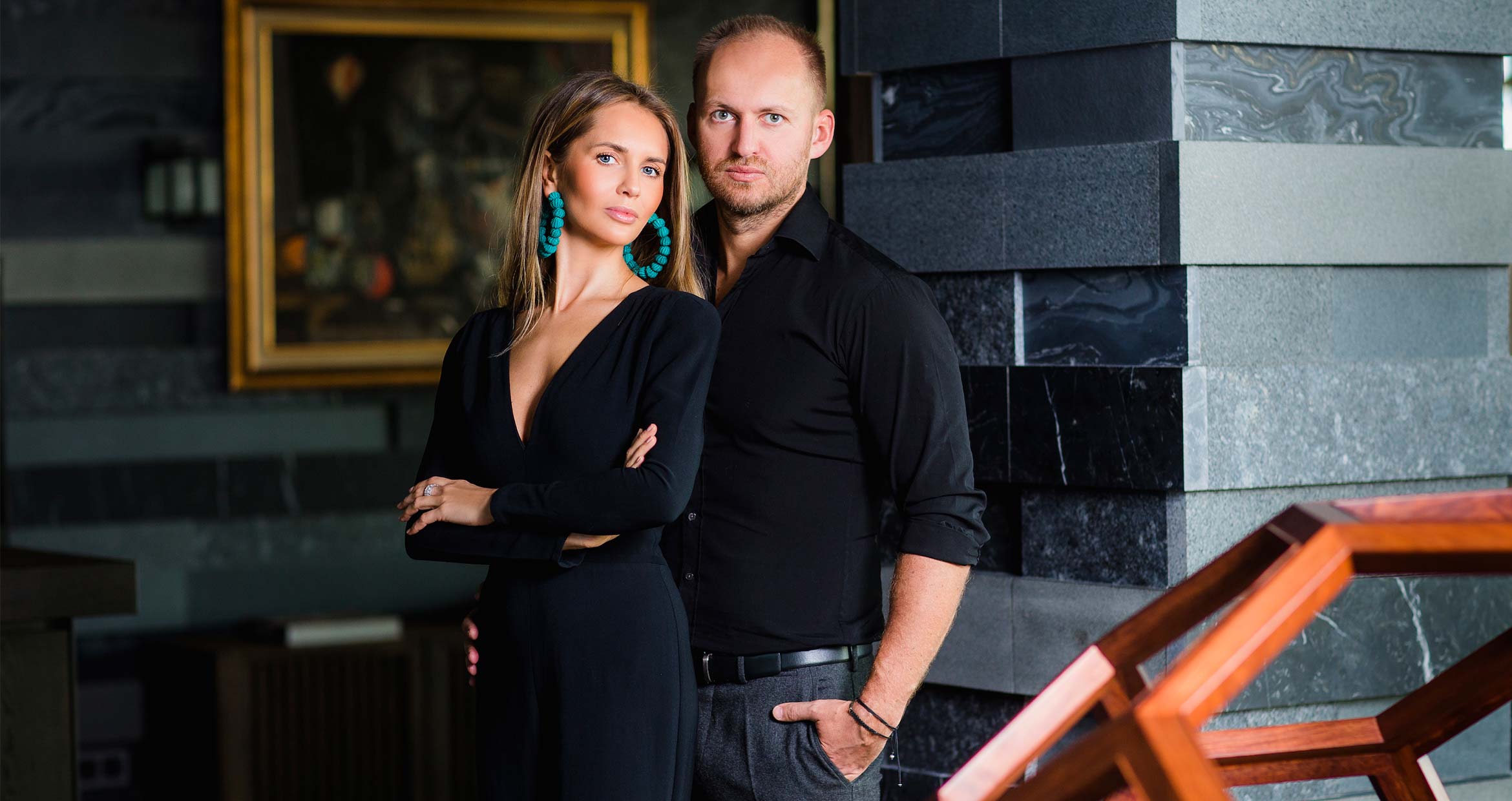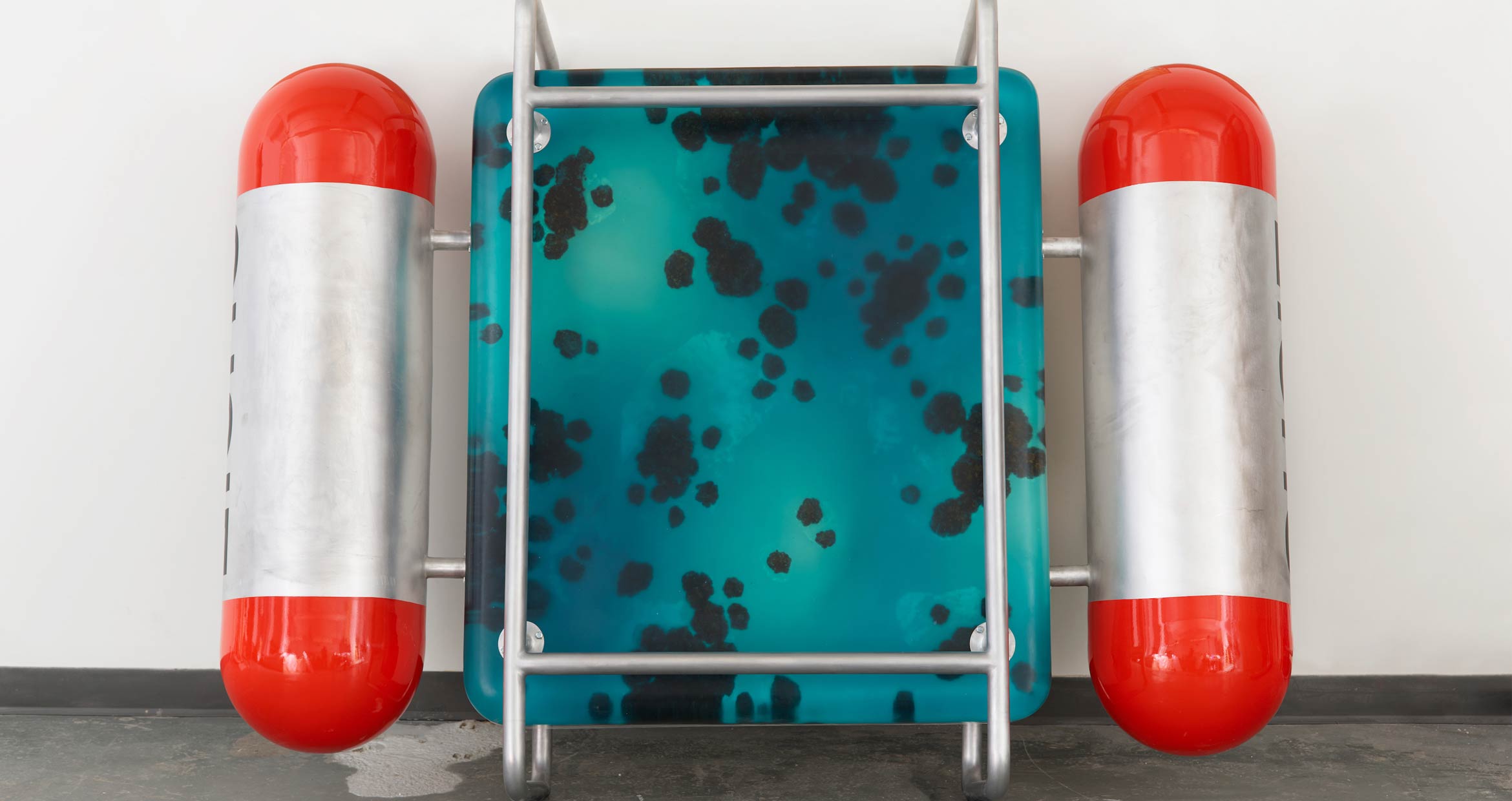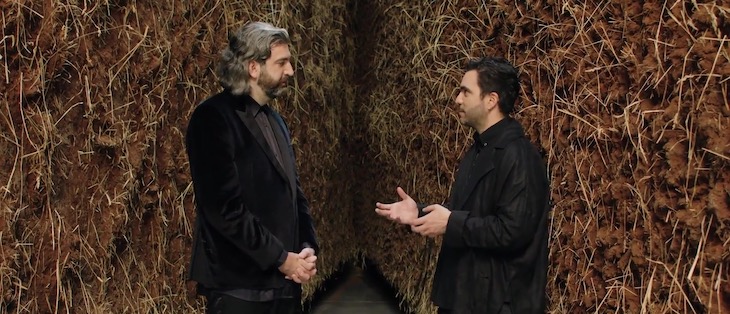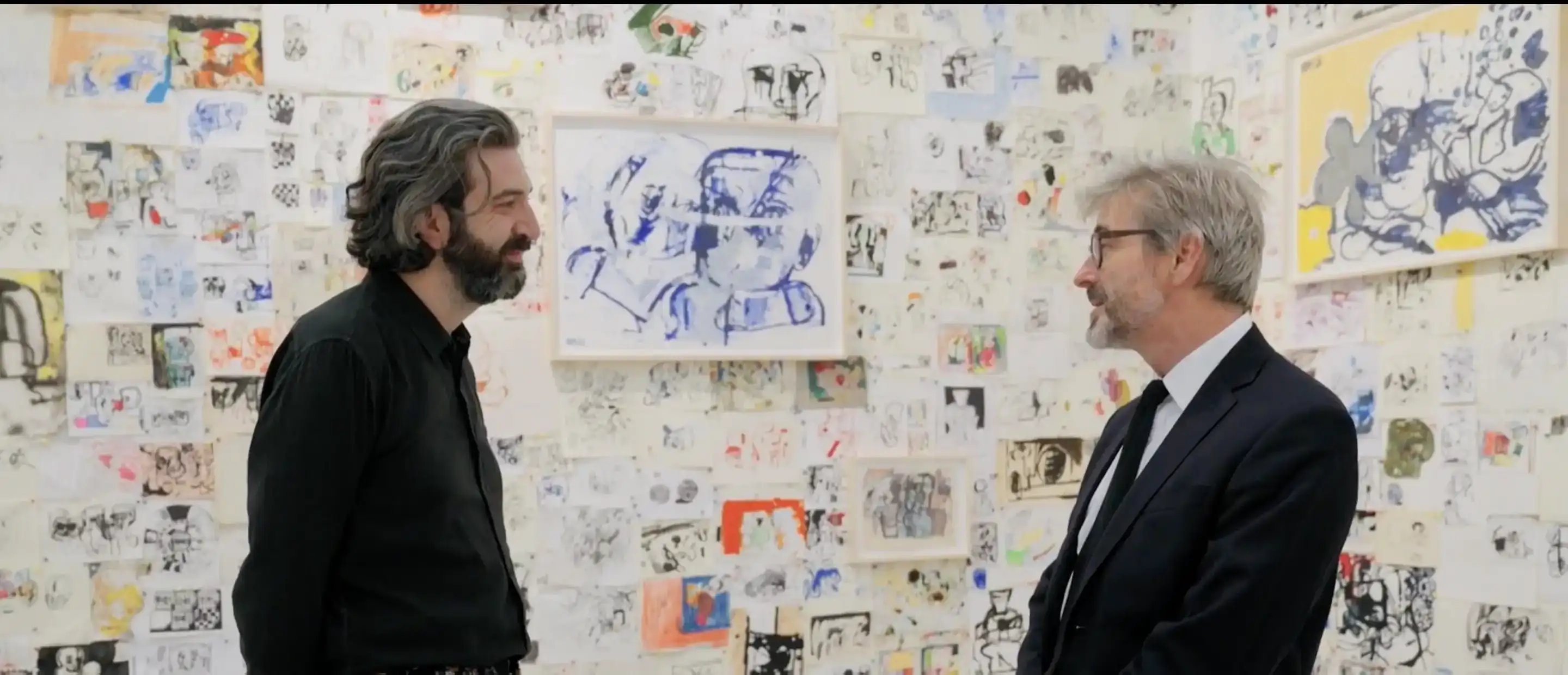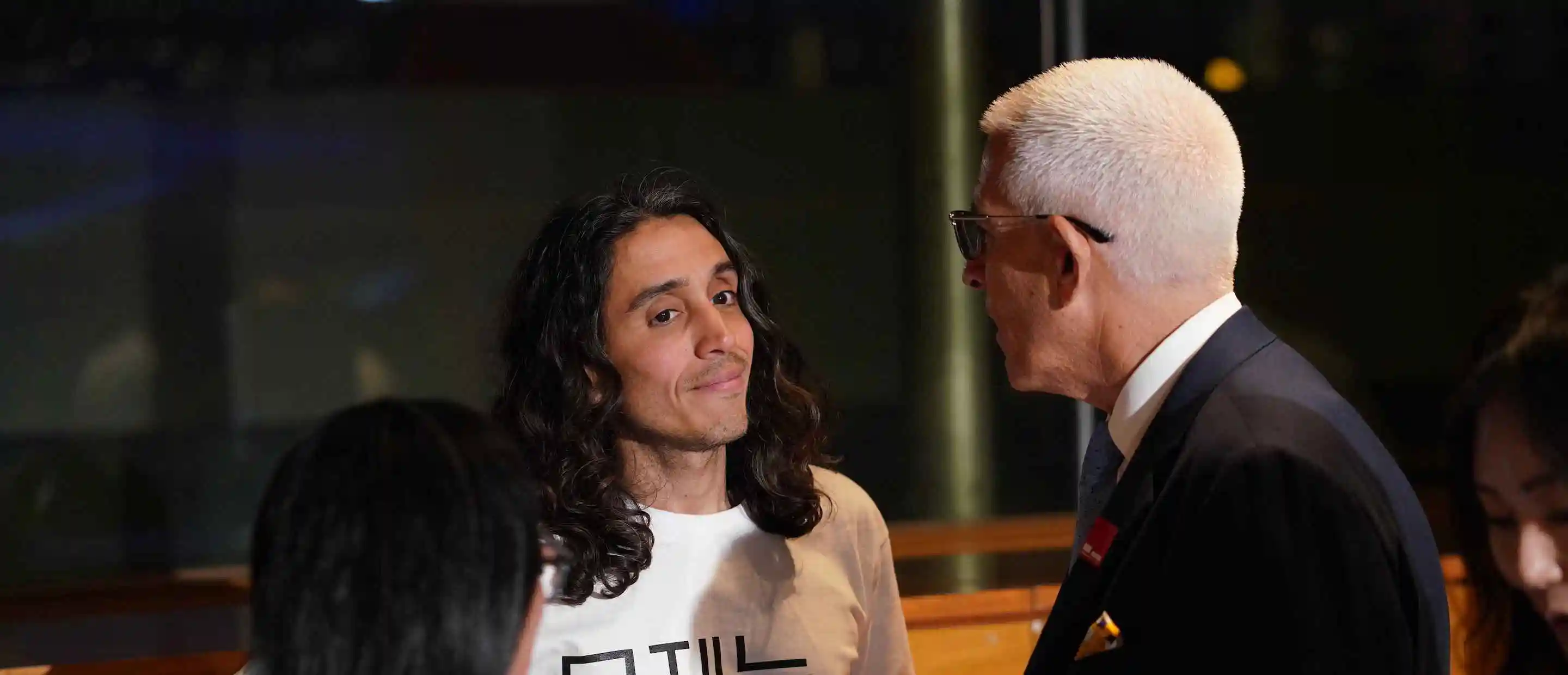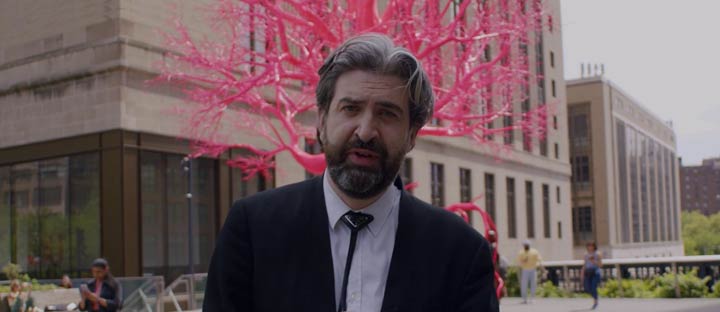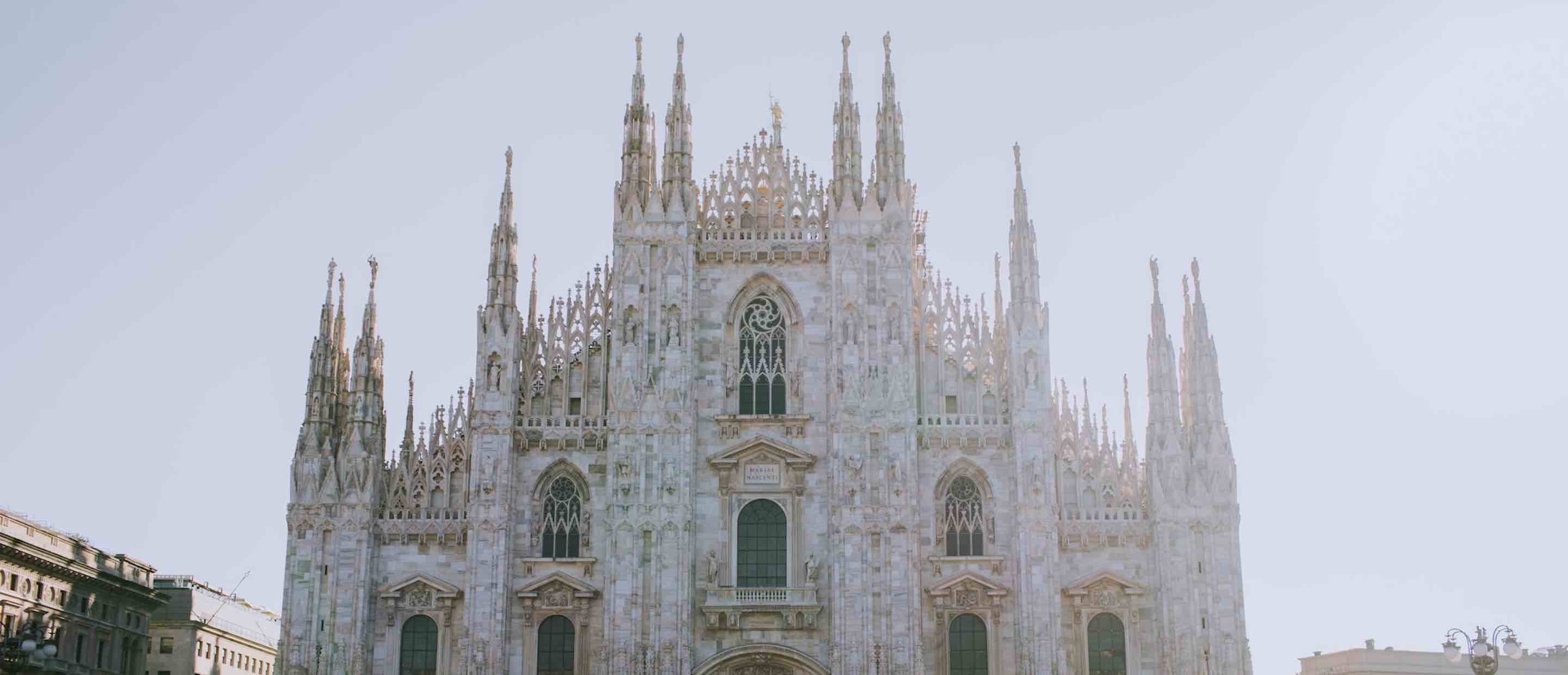As government funding for art projects and museums falls worldwide, charity benefit auctions and new kinds of philanthropy are playing an increasingly important role
Philanthropic giving has long served as an important revenue stream for museums and galleries, especially in the US. However, in recent years it has become crucial, as government funding of the arts has declined across the developed world.
Thankfully, a new generation of donors has emerged: self-made, hands-on and media-savvy. And in the social media era, both individuals and institutions are turning to more transparent and high-profile forms of fundraising.
Cue the rise of the charity benefit auction: always an important fixture in the US art world and now surging in popularity across Europe and beyond.
Why art fundraisers look to Texas for inspiration
One event in particular serves as an archetype for this new wave, and that is the TWO x TWO for AIDS and Art, an annual contemporary art sale in support of amfAR – a non-profit dedicated to AIDS research, treatment and prevention – and the Dallas Museum of Art. It draws prominent artists, collectors and philanthropists from around the world to Texas each year and has been enormously successful: 2018’s takings exceeded $9.3 million, bringing the total raised to more than $84 million over two decades.
“Proceeds from TWO x TWO to the museum have been critical to building a robust contemporary art program, including the acquisition of 260 new works into the DMA’s permanent collection,” says Melissa M. Ireland, Director of TWO x TWO. “It is also amfAR’s largest annual fundraiser in the United States, raising vital funds for their innovative research initiatives.”
By combining two causes that straddle the worlds of contemporary art and humanitarian aid, TWO x TWO manages to tap into a broad philanthropic base, which might not otherwise be accessed. The gala also serves as a platform to honor amfAR’s Award of Excellence for Artistic Contributions to the Fight Against AIDS, with recent recipients including Jonas Wood, Ellsworth Kelly, and Luc Tuymans.
How celebrities are playing an increasingly important role in benefits
This museum-led model has always fulfilled the dual purpose of high-profile publicity and fundraising. The art auction model has also become attractive to celebrities, who use their considerable pull across multiple audiences to raise money for their preferred causes.
One of the most prominent examples is the event program of the Leonardo DiCaprio Foundation, which is designed to help fight climate change and deforestation. In July 2017, the Saint-Tropez gala included nine specially commissioned works, along with gifted lots by Damien Hirst, Rudolf Stingel and Urs Fischer, the last of whom saw his work sell for more than $2.5 million, adding to a total that exceeded $30 million.
Other notable auctions include Sean Penn’s seventh annual Haiti Rising gala in 2018, which raised almost $4 million in aid of his relief organization. Takashi Murakami’s sale at Christie’s New York, which was organized to rapidly raise funds to support relief efforts following the devastating Japanese earthquake and tsunami in 2011, was supported by artists such as Zeng Fanzhi, Mark Grotjahn, Thomas Houseago, and Cindy Sherman.
For Murakami, who spoke from his Saitama studio shortly before the event, it was always as much about raising awareness as raising funds. “It is with the goal of engaging people in a shared understanding of this catastrophic state of affairs that I hold this event; if an art auction can serve as the impetus for such understanding, then I am hopeful that we can make our present hardship worthwhile.”
The effects of reduced public funding on the arts
This swift, reactive approach to combating insufficient government aid in the wake of humanitarian disasters is something of a natural successor to the US museum model of philanthropy. This is a response to the country’s already reduced state funding for the arts, which continues to be squeezed, as seen in the current administration’s new attempts to completely defund the National Endowment for the Arts in the 2020 budget plan.
Government spending has also become an increasingly pertinent issue across Europe, where the economic downturn has seen funding for cultural institutions radically reduced. For example, the Prado Museum in Spain saw government support drop from 64.9% of its overall budget in 2006 to 32.4% in 2015, while the Rijksmuseum in the Netherlands now relies on approximately 40% of its total budget being fulfilled by government spending, as opposed to around 70% that it was granted in 2012.
In the UK, private philanthropic support was even introduced as a government strategy back in 2010, with a promise that individual and corporate sponsors would fill the void, in line with the US system. The Mendoza Review, an independent report on museums in England issued in 2017, makes this clear: In real terms, public spending on museums has declined by 13% over the past decade, from £829 million in 2007–08 to £720 million in 2016–17.
But traditional philanthropy, through major gifts, bequests and sponsorship, can only go so far. Sir Paul Ruddock, former Chair of the Victoria and Albert Museum in London and trustee of the Metropolitan Museum of Art in New York, told the BBC back in 2015 that, “The Met has been building an endowment for 140–150 years. We are not going to get to the US model overnight; it will take a generation or two.”
How art fundraisers are becoming more innovative
These new, substantial holes in government support have led to a swathe of innovative forms of fundraising by institutions and those wishing to support them. One example has been a hunger for online auction sites, where individuals or organizations can quickly and efficiently mount a sale with an international reach, or even supplement the exclusive, invitation-only affairs that newer, younger, philanthropists might not (or choose not) to have access to.
Alexander Gilkes, co-founder of the leading online platform Paddle8, explains this development: “When Paddle8 was born, I saw that the rise of benefit art auctions was really accelerating and it was clear to me that there needed to be a place for organizations to have a profile online; to market to their own audience and expand upon it.” He continues: “I have been in so many rooms where you only have that one night, that one moment, to sell excellent inventory, but if you don’t have the right person in the room, lots can go unsold or well below their expected price.”
The international, independent charity Outset, which has supported contemporary programs in institutions across the UK, Europe, India and Israel for the past 15 years, has relied on private sponsors and patrons. It has also mounted major auctions such as Outset Germany_Switzerland’s benefit in 2017, which sold works – donated by prominent artists such as Thomas Ruff and Wolfgang Tillmans – online via Artsy, as well as at the charity’s Düsseldorf gala.
In 2018, Deutsche Bank Wealth Management teamed up with Tracey Emin and her studio at the international art fair, Frieze London, with support from Deutsche Bank’s Art, Culture & Sports division, to create an exhibition that celebrated a century of female political empowerment. Part of the exhibition was a new initiative: a secret postcard sale, which raised over £150,000 for charities that support vulnerable women. The auction was inspired by the annual sale of postcard-sized works at the Royal College of Art, where Emin studied, and the numerous postcards used as part of the suffrage campaign. Emin reached out to the living female artists in the Deutsche Bank Collection and asked them to contribute an original piece of work. A total of 231 artists donated over 800 postcard artworks, which went on sale for £200 each. The identities of the artists, many of them highly celebrated, were only revealed once the postcards had been bought. Deutsche Bank established the Tracey Emin & Deutsche Bank Centenary Fund to distribute the money raised and support the selected charities for the long-term.
Other examples of organizations raising money in novel ways have included the Zurich Kunsthalle charity auction held at Christie’s, which raised £2.8 million ahead of the museum’s reopening in 2012. Once again, leading artists such as Gabriel Orozco, Darren Almond and Philippe Parreno showed their support by donating works. More recently, in 2016, Thomas Heatherwick, David Adjaye and Antony Gormley all donated to the Design Museum’s fundraising auction ahead of its move to Kensington, London, resulting in £1.1 million in funds put towards the renovation of its new home.
How philanthropists are finding new ways to give the public access to great art
By donating their works, artists can show their commitment to institutions that are close to their hearts, just as individuals who buy works to fulfil their passion for collecting can give back to particular institutions. It is also worth noting that many high-profile collectors loan or donate pieces bought at traditional auctions, in a commitment to making art available to the public that is well beyond the reach of meagre museum acquisition budgets.
For example, billionaire businessman Yusaku Maezawa spent a record-breaking $110.5 million on a Jean-Michel Basquiat painting in 2017, later announcing that he would send the work on a worldwide tour beginning with the Brooklyn Museum before it eventually goes on show at his own museum which he plans to open in Chiba. “I want to show beautiful things and share them with everyone,” he told The New York Times. “It would be a waste just to keep it all to myself.”
This willingness to correct the more traditional acquisition and display of art for the public – the reason why, perhaps, there are very few Basquiat works in museum collections, for example – is mimicked by other younger, more innovative philanthropists who want to do more than just give money through traditional donations.
For example, Polish collector Irmina Nazar, co-founder of the European ArtEast Foundation along with her husband Artur Trawinski, explains their reasons for launching the initiative: “We have been involved in supporting visual arts projects for many years, so creating a more formal platform felt like the next logical step for us. We wanted to create the Foundation as a way of supporting institutions and organizations interested in researching art from Eastern Europe and making it more visible on an international stage[…]
We are part of a new generation who are now in a position to support visual arts in philanthropic ways. The Foundation embodies the values of patronage as a context and framework to encourage creativity, innovation and cultural production.”
How charity auctions are helping to fuel Hong Kong’s cultural growth
These new forms of independent funding also account for a huge part of Hong Kong’s booming cultural scene, where benefit auctions are beginning to gain traction. Alexander Gilkes notes that, “In Hong Kong, fundraising very much follows the American model and [Paddle8] have some key annual sales that engage audiences who are really dedicated to local organizations, including Para Site, Asia Art Archive and Hong Kong Contemporary Art Foundation.”
Data provided by Mutual Art also shows that, while nascent, the benefit auction scene is becoming increasingly in line with standard sales, which in general are seeing an increase in popularity. This is supported by a recent report by Mutual Art, which shows there was a 4.7% increase in fine art auctions between 2013 and 2017, bolstered by Sotheby’s and Christie’s new outposts, and the value of overall sales has grown by 7% (totaling $190.7K) in that period.
With low government funding but the presence of immense individual wealth in Hong Kong, it is no wonder that it is following in the US’s footsteps. One could argue that philanthropic innovation has gone even further with the likes of Adrian Cheng’s K11 Art Foundation. This enterprise supports emerging contemporary artists in the Greater China Region, through a range of projects that has seen collaborations with international institutions including the ICA in London, the Centre Pompidou in Paris, and MoMA in New York. The foundation was borne out of Cheng’s more unorthodox model known as the K11 Art Mall, which has sites in Hong Kong and Shanghai. The bringing together of luxury shops, dining and emerging art is designed to marry culture and commerce, but such an amalgam would perhaps be less likely to be adopted in the more traditional European or US commercial and retail model.
While this is one of the most radical examples of supporting the arts in the current climate, it is indicative of a changing international landscape. In Hong Kong, robust government infrastructure has never been in place, and in Europe, it continues to dwindle. As a result, institutions have begun to look at newer ways to engage with broader, more dynamic audiences and, in turn, philanthropists have invested in their own models that offer greater freedom, more control, and rapid results.
